You may have heard that Yahoo recently decided to get its feet wet and venture into the wide world of sports by streaming this past Sunday’s NFL game between the Jacksonville Jaguars and Buffalo Bills. For free. Seriously. While we may not be seeing the Bills or Jags in the post-season (sorry guys), the larger implications of how this game was aired are actually quite substantial. It was a grand experiment in a number of ways. No NFL games have previously been streamed on the web, Yahoo has absolutely no history of airing live sports and advertisers have never partnered with Yahoo in this kind of setting. So how did Yahoo’s NFL live stream do?
Yahoo paid around $17M for the rights to air the game, which was played in London. That may seem like a hefty pricetag (I know I couldn’t afford it), but by comparison, CBS recently paid $37.5M per game for the rights to air Thursday Night Football. Aside from CBS, on average, broadcasters spend around $26M per game for NFL rights, so Yahoo actually got a decent deal comparatively if you look at the larger picture.
From an advertising perspective, Yahoo’s foray into sports is uncharted territory in a lot of ways. How does Yahoo quantify the cost for an ad spot when they don’t know what sort of viewership they’re going to get? And in the same vein, how do advertisers justify the cost of an ad buy when they don’t know what sort of viewership Yahoo can deliver? Yahoo began selling :30 ad spots at $200,000. That number later took a pretty substantial fall and landed around $50,000 per :30 spot on average. This decrease surely demonstrates advertiser’s reluctance to spend money without at least some track record from Yahoo. So to incentivize ad buys, Yahoo guaranteed each advertiser that they’d get 3.5M unique views. If they did NOT hit that level, advertisers were promised a spot on Yahoo’s site that would be targeted at their demographic. So advertisers are spending $50k to advertise with Yahoo when the same spot costs, on average, $500k during a typical NFL broadcast and Yahoo is guaranteeing your spot will – one way or the other – reach your intended audience. That’s not a bad deal. You’re getting guaranteed coverage at 1/10th the normal cost.
This new venture deterred some ad buyers, but not others. Thirty top advertisers, including Toyota, AMEX, Microsoft and Snickers all bought spots. Kay Jewelers had the most frequency with 5 ad spots. The pre-game show was sponsored by Dairy Queen and CiCi’s Pizza (sounds like a stomach ache) and the halftime show was sponsored by Toyota. However, the NFL’s top 3 advertisers – Verizon, FanDuel and DraftKings – all respectfully declined their invite to the party. Which in itself is historic as it’s hard to imagine any program in recent history in which FanDuel hasn’t bought ad space (seriously guys… enough is enough).
So how did Yahoo do? Remember 2 paragraphs ago when I said they promised advertisers 3.5M unique views? They did slightly better than that – 15.2M unique views. By comparison, ESPN’s Monday Night Football is averaging 13.5M views this season and CBS’s broadcast of the Jets / Dolphins game in London earlier this season brought in 9M views. Keep in mind that this game aired at 9:30am EST – which is 6:30am on the west coast – and that 3 of the Bills top players didn’t play in the game, thus eliminating any interest this game would have generated from fantasy football fans. Not bad for a game between the NFL’s least popular franchise (the Jags) and 19th most popular franchise (the Bills).
What made Yahoo’s webcast even more exciting – especially for production nerds – is the broadcast quality. While Yahoo is not known for broadcasting live sports, they are certainly no strangers to internet streaming in general, having produced thousands of hours of live-to-web content. Through Yahoo’s existing infrastructure, they were able to offer live streaming at 60 frames per second instead of the ‘internet video standard’ of 30 frames per second. As Yahoo’s senior VP of video, design and emerging offerings, Adam Cahan explains: “At the high end, if you’re on a big screen TV and have perfect network connection, we can deliver six megabits per second for an Ultra-HD kind of experience.” If streaming live sports continues to gain traction, its not unreasonable to imagine watching sports in 4K on a computer monitor before you’re capable of watching 4K on your TV.
Aside from what appears to be a resounding success from Yahoo’s perspective (though that really depends on what they pulled in from ad sales), what’s even more exciting is what this means for the overall distribution of live sports. As someone without a cable subscription, I can tell you that the biggest void left from ‘cutting the cord’ is the absence of live sports. Sure, there are work-arounds, but I definitely miss NFL Sunday Ticket. I don’t miss the monthly DirecTV bills, but I miss being able to watch my team every week without having to look for it. The NFL’s broadcast distribution deals are locked in until 2022, so we won’t see any major changes soon, with one possible exception: CBS inked a short term deal to carry Thursday Night Football which lasts until 2016. The rights for Thursday Night Football used to belong to the NFL Network until CBS took over at the start of the 2015 season. Who knows if Yahoo will make a play when CBS’s current contract expires. Or maybe another suitor will. Twitter, Amazon and Google all, allegedly, expressed an interest in carrying the Bills / Jags game this past weekend. Two of the three parties wanted to make the game pay-per-view, to which Roger Goodell replied, “no soup for you.” Yahoo, as the highest bidder and as an entity that would NOT charge for the game, ultimately ended up with the rights.
The fact that a game between two mediocre teams can pull in more viewers at 9:30am EST than the average primetime MNF game is telling. It signifies the start of a larger movement. This was largely a test case for the NFL, Yahoo, advertisers and fans, but it certainly shows that live streaming sports is a viable option for all parties involved. I think eMarketer analyst Paul Verna says it best: “This is an experiment of sorts. To have something out in the open available for anyone to stream with any device on an ad-supported basis is a sign of things to come.”
I, for one, hope it comes sooner than later.



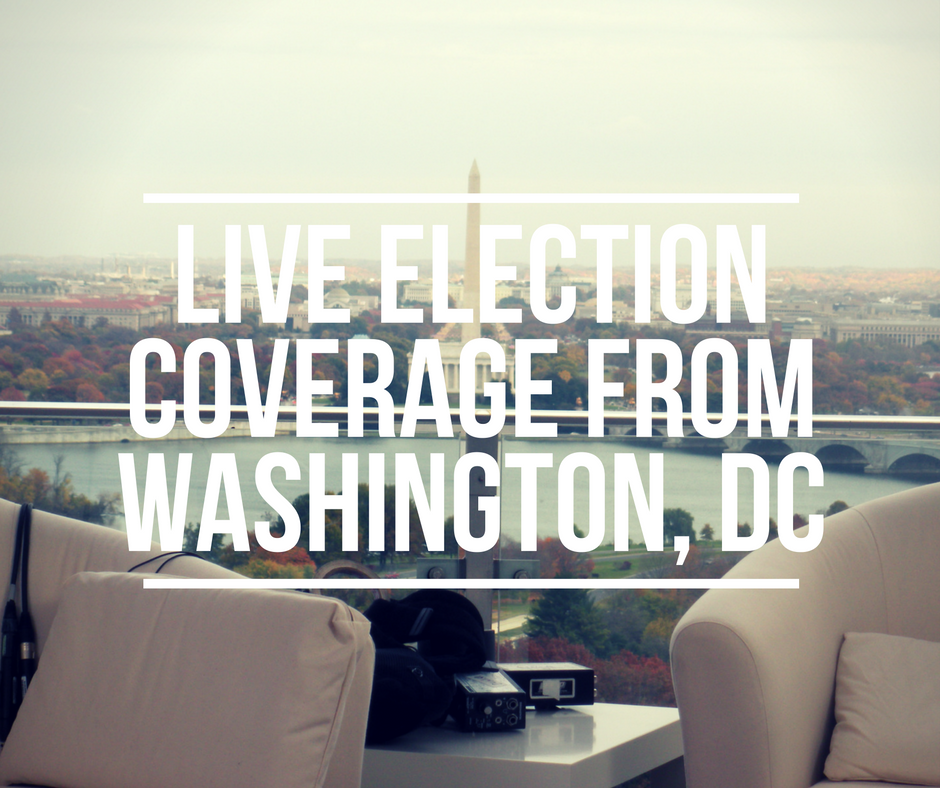
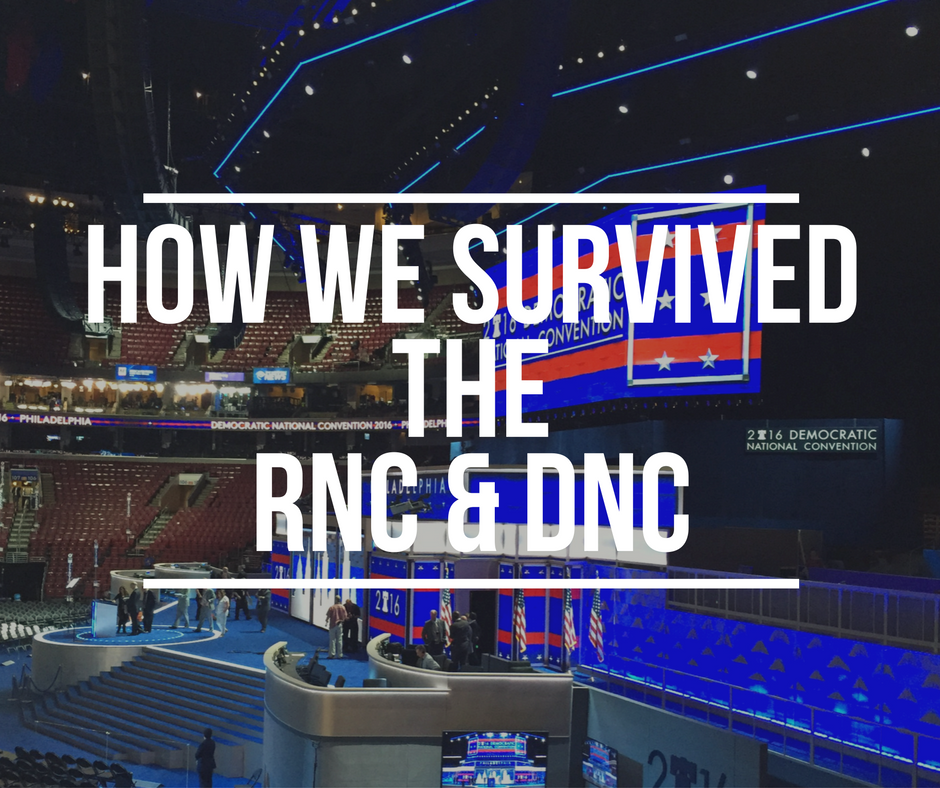
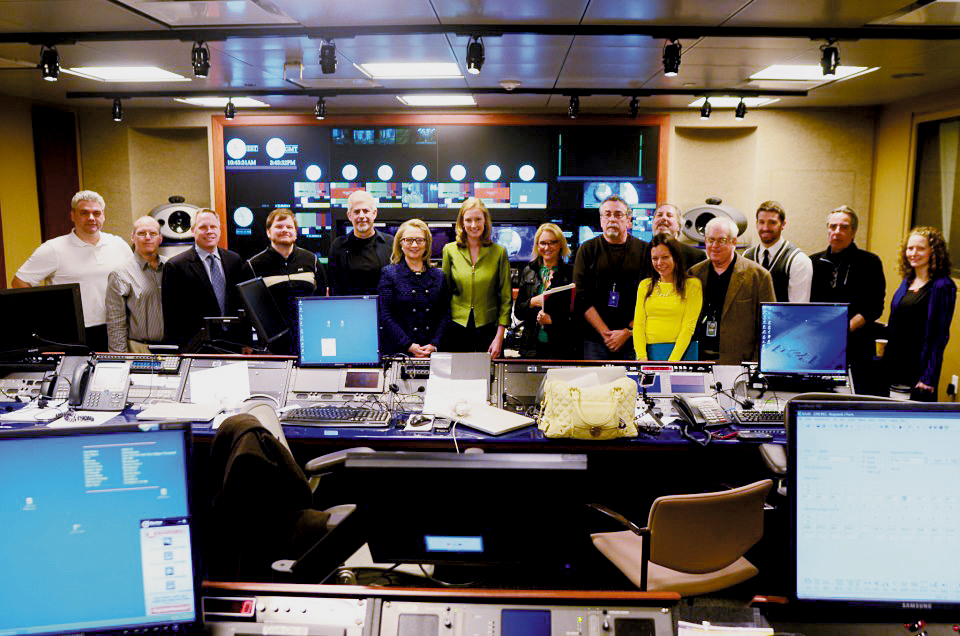
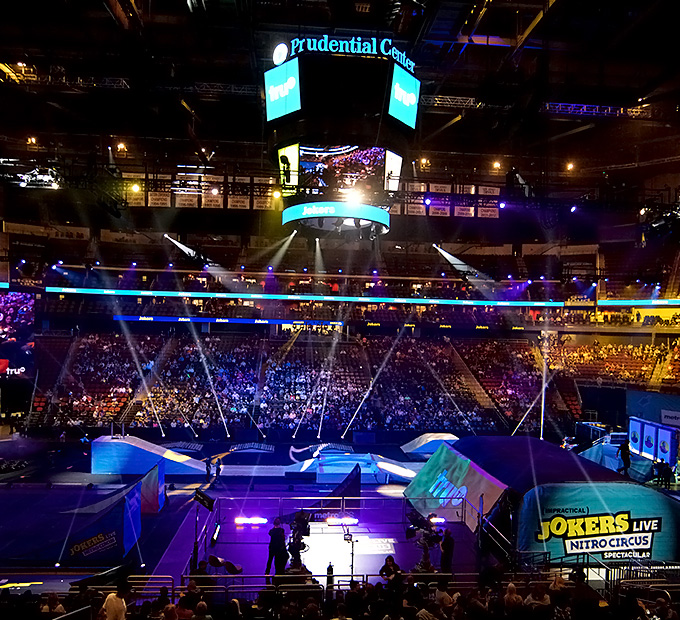



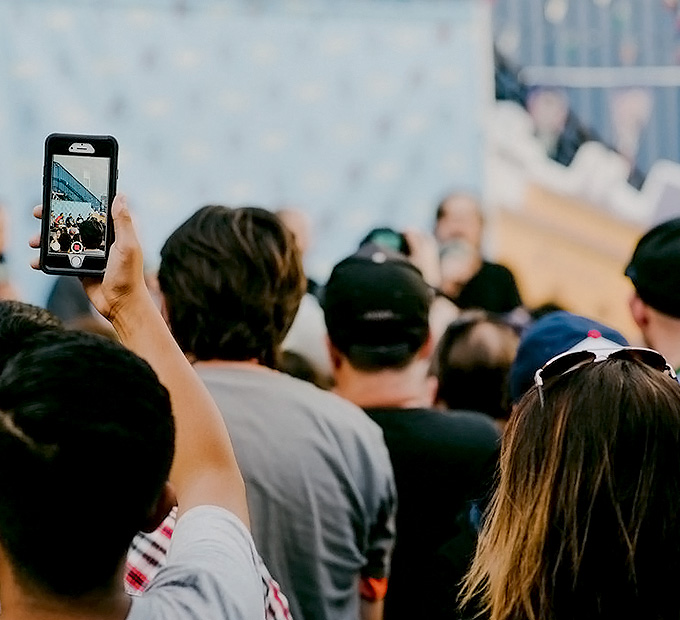
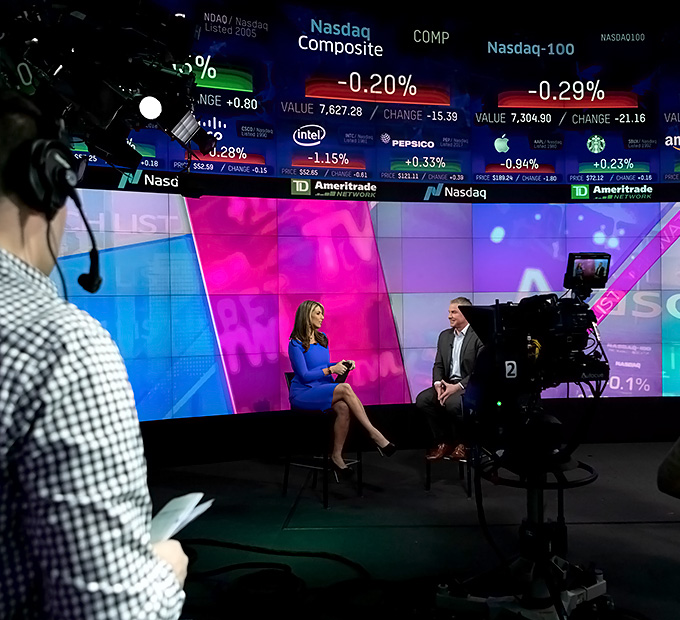
Leave a Reply